Giving back hope
Program involving early intervention helps those with psychoses
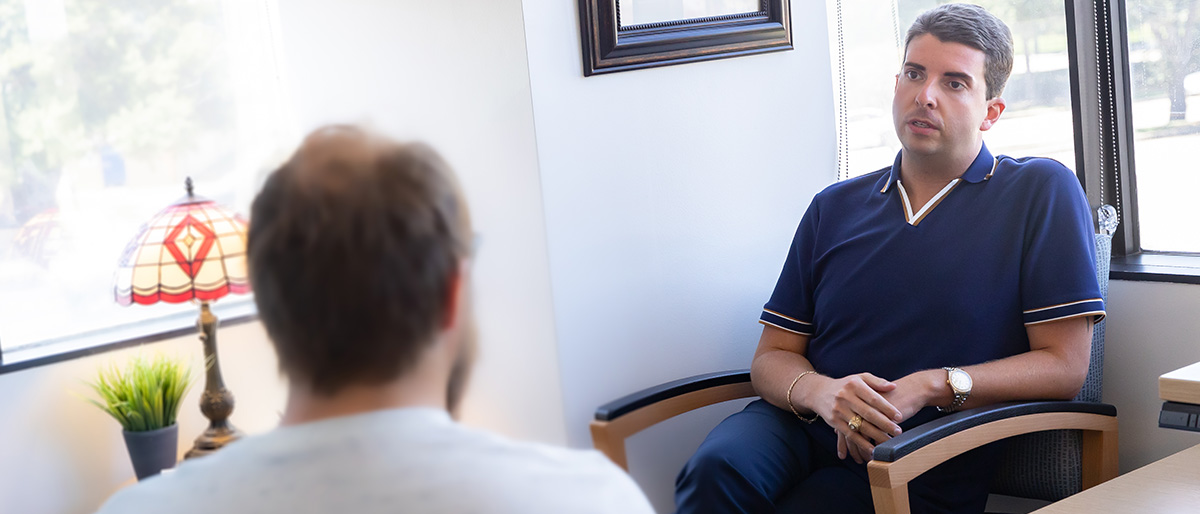
Schizophrenia sneaks up on people. By the time the imaginary voices that patients hear become too loud to ignore, oftentimes it has been months or even years that individuals have struggled without getting help.
But what if this psychosis was diagnosed and treated earlier, giving adults with schizophrenia – an estimated 1 out of every 222 individuals worldwide – an opportunity to live a more productive and happy life?
Four years ago, UT Southwestern launched an intensive outpatient program with the goal of doing just that. Since then, 102 people living with psychotic disorders that include schizophrenia have turned to the HOPE (Healing Over Psychosis Early) program for treatment.
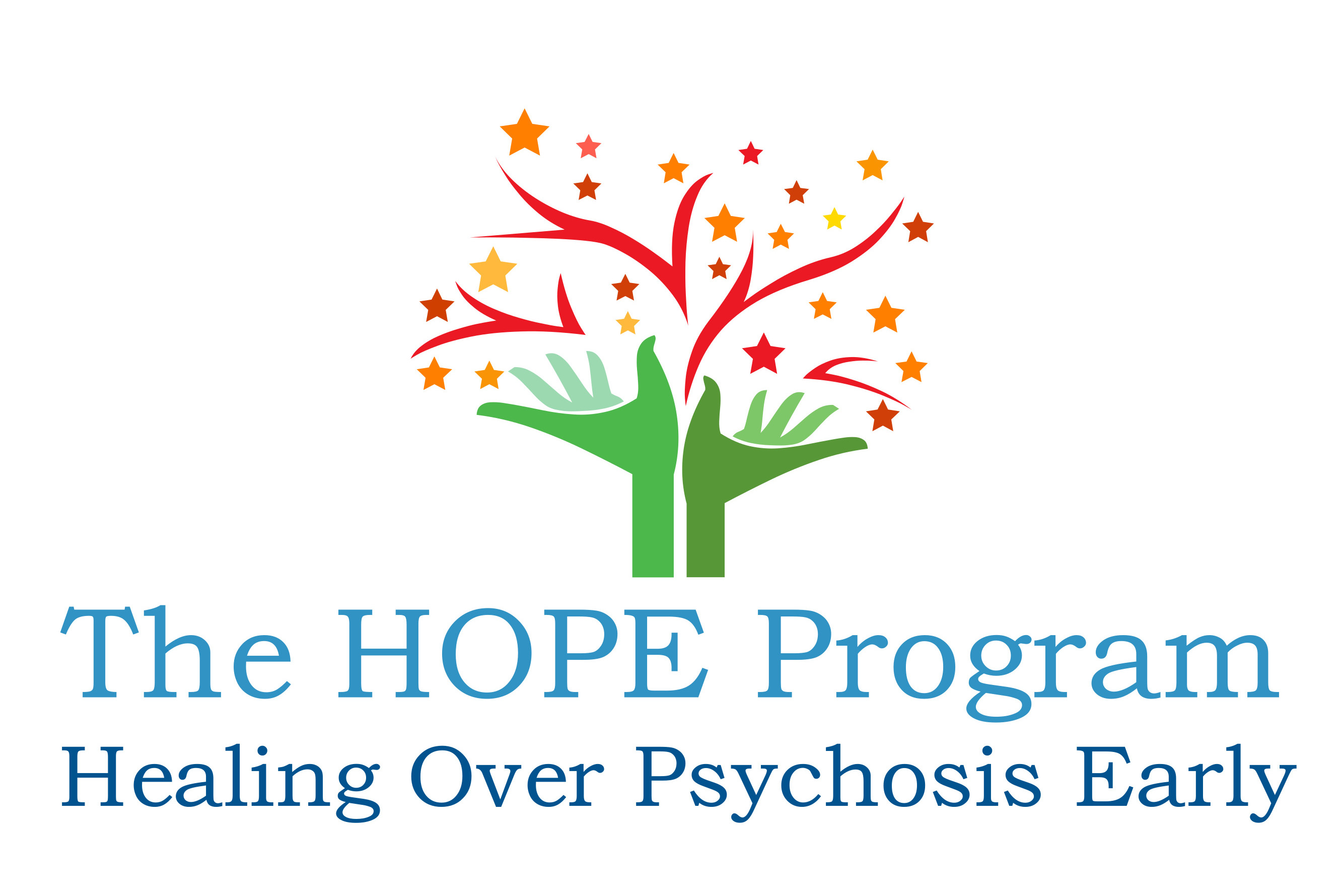
Qualifying individuals must be 17-40 years old with a primary psychotic disorder such as schizophrenia or schizoaffective disorder. Also, symptoms must have begun within the past three years. This program is not for those with severe intellectual disability.
For Travis, the program offered treatment at the right time – about the same time that his symptoms appeared. After his family moved overseas, he began to suffer extreme anxiety and hear voices. Living with his parents in Italy, one night he woke them up to go outside and look at the moon. His mother, Kathy, who like her son is using her first name only to protect the family’s privacy, followed him outdoors.
“He wanted us to see his guardian angel,” she said. “That was our first hint something was happening.”
Within two days, Travis and his mother were on a plane headed back to Texas to stay with his grandmother.
“One night he locked himself in his grandmother’s bedroom, and when he came out crying, he said God had told him it was his time to go to heaven,” Kathy said. “He came out of the bedroom and went straight for the knives to hurt himself. My mother called 911 and he was hospitalized.”
As terrifying as the experience was, it put Travis on a path to diagnosis and treatment for schizoaffective disorder at age 23. Now 27, he is among the first patients to benefit from early treatment through the HOPE program.
Finding hope
Before UT Southwestern’s Peter O’Donnell Jr. Brain Institute launched HOPE in 2019, individuals with early psychosis had limited options for intensive treatment in the local community. Only when a break with reality led to hospitalization did they usually get treatment. Today, patients are diagnosed and treated earlier to live a better quality of life, said Elena Ivleva, M.D., Ph.D., Associate Professor of Psychiatry and a Program Director.
“The goal is not just symptom management, but functional recovery and returning people to happy, productive lives,” Dr. Ivleva said. “The emphasis is on early identification and treatment.”
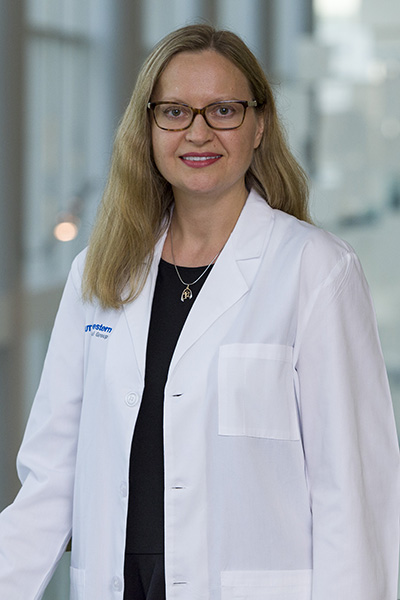
But diagnosing psychosis in its initial stages is challenging, she said, because patients themselves and families often do not recognize the early symptoms and postpone seeking help.
“Parents do not want to believe their child is slipping into psychosis,” Dr. Ivleva said. “There’s a lot of anxiety, fear, stigma, and confusion.”
It can take months, or even years, before the symptoms become too severe to ignore.
“It is very uncommon to wake up one day and hear voices,” Dr. Ivleva said. “Based on findings from the RAISE (Recovery After an Initial Schizophrenia Episode) study, in the U.S., people on average walk around 3.7 years untreated.”
The sooner that treatment is started, the better the outcomes, Dr. Ivleva said. Evidence from brain-based biomarker studies shows that the most severe brain changes underlying psychotic disorders may occur within the first few years of illness.
At HOPE, individuals receive intensive outpatient services for schizophrenia, schizoaffective disorder, and other related psychotic disorders. The comprehensive program provides expert psychopharmacotherapy (medications), psychotherapy, psychoeducation, and skill-building interventions. Currently there are 52 patients in the program, which is one of the first academically based programs of its type in Texas. Generally, commercial insurance is accepted for services.
Diagnosis
Schizophrenia typically strikes just as a young person is becoming more independent. Peak onset is around ages 16-25. Many are attending college, beginning careers, or starting families when psychotic symptoms manifest. It is believed that the schizophrenia process in the brain starts years before first-break psychosis but develops slowly as the brain matures and symptoms become more apparent.
Travis, who was diagnosed with autism spectrum disorder as a child, was living with his parents when depression and mood swings worsened. The anxiety was extreme, Travis said.
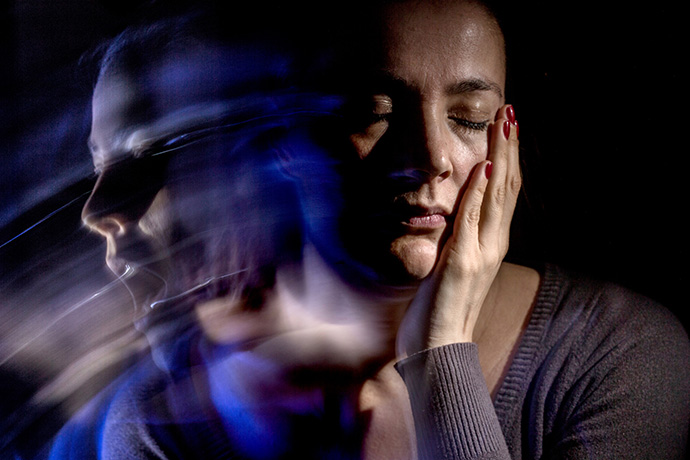
“I was angry a lot,” he said. “There was a lot of stuff going on.”
Travis was diagnosed with schizoaffective disorder – a combination of symptoms of schizophrenia and a mood disorder. He had become increasingly withdrawn and anxious, but his family thought his behavior was related to the move to another country. He was feeling isolated living in a foreign country where he did not speak the language. He was also having a difficult time meeting people.
But when his behavior required hospitalization, his family knew they had to immediately get help.
“When someone is floridly psychotic, you’ll know; there’s no doubt,” Kathy said.
Treatment
Often by the time a patient seeks treatment, they feel like their lives are over, Dr. Ivleva said.
Confusion and stigma surrounding psychosis can make it especially difficult to ask for assistance because patients don’t understand what is happening to them.
“It really is a medical condition that happens to be in the brain,” Dr. Ivleva said. “It is a relief to know they’re not weird. They’re not crazy. It’s a brain illness.”
At HOPE, individuals spend two to three years learning how to reduce stress, recognize triggers, and understand the condition. Through medication; long-term, in-depth psychotherapy; and psychoeducation focusing on goal setting, coping mechanisms, and personal development, patients start to rebuild their lives.
Individuals in the program have access to two psychiatrists and three therapists who are readily available to support them. They also undergo innovative approaches that are quickly implemented and treatments that are tailored to meet their needs.
“Our program is a unique hybrid,” Dr. Ivleva said. “It combines clinical care and research.”
Through individual and group psychodynamic treatment, patients can begin to believe and trust in themselves again, said Shae Harp, LPC, NCC, HOPE Team Lead.
Rehabilitation for psychosis is a slow process involving rebuilding confidence, coping skills, and overall mental health, Mr. Harp said. Other benefits of early intervention include reduced symptoms and distress, preservation of psychosocial skills, salvage of family and social support, and an overall improved prognosis, he added.
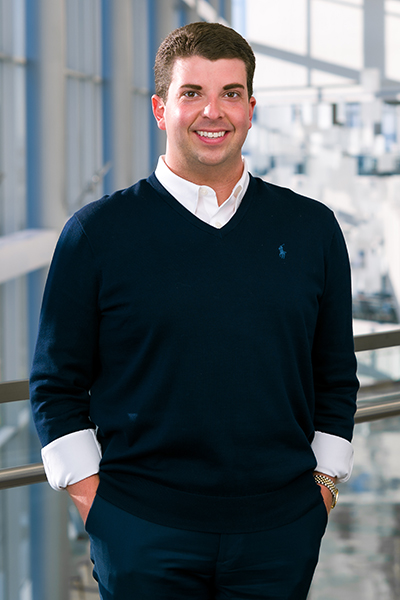
“There are specific modalities for patient needs that we focus on in the program including cognitive remediation, family intervention, and skills groups,” Mr. Harp said. “The lesson here is through the HOPE program, there is help.”
Although no medication can “cure” psychosis, finding the right pharmaceuticals or combination of drugs to control symptoms is an important part of the treatment plan.
“There is no cure because we don’t know the disease mechanisms,” Dr. Ivleva said. “We don’t know how the brain makes some people hear and see things that aren’t there.” Antipsychotic medications are often prescribed to control symptoms primarily by altering levels of dopamine and serotonin – neurotransmitters in the brain that affect the way a person experiences reality. But side effects such as tremors or weight gain can make compliance challenging.
It’s not a one-size-fits-all approach to recommended medications. For Travis and other patients, finding the right drug can be very frustrating.
“There have been lots of medication adjustments, but we’ve seen improvements along the way,” Kathy said. “Sometimes a drug will work for a while and then it doesn’t.”
Future
“Our patients are never discharged from the program,” Dr. Ivleva said. “They graduate.”
After they move out of the early psychosis phase, which lasts two to three years, they are usually transferred to the UTSW Psychiatry Outpatient Clinic. After graduation, they are better equipped to go on to live full lives, whether that means going to college, starting a new job, or doing something else.
“They will need medication – and, for many, therapy – for the rest of their lives,” she said. “But with treatment, they can do very well.”
As is common, Travis has encountered a few detours over the three years that he has been in treatment.
“He’ll be rocking along and doing great, then out of nowhere he hears the voices again,” Kathy said. “They are not anywhere near as scary as they used to be, but they are there.”
Still, his family remains optimistic.
“This program has been a godsend,” Kathy said. “HOPE has helped him be well enough to do things he could do not before.”
A more confident Travis has emerged, one who enjoys therapeutic horseback riding and competes in national events. He recently took Reserve National Champion in an equestrian event. And he has a girlfriend whom he spends time with. Driving and getting a job are on his to-do list.
“I feel a lot better,” he said. “I’m looking forward to the future.”

